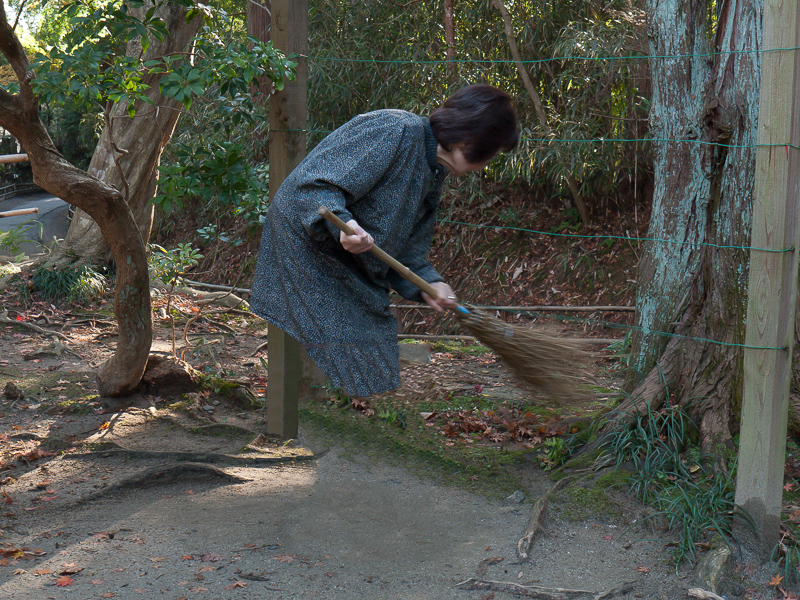Every Picture Is a Compromise
Lessons from the Also-rans
Most photography websites show the photographer's very best work. Wonderful. But that's not the full story of a creative life. If we want to learn, we'd better pay attention to the images that aren't "greatest hits" and see what lessons they have to offer. Every picture is a compromise — the sum of its parts, optical, technical, visual, emotional, and even cosmic – well, maybe not cosmic, but sometimes spiritual. Success on all fronts is rare. It's ok to learn from those that are not our best.
This is a series about my also-rans, some of which I've been able to improve at bit (i.e., "best effort"), none of which I would consider my best. With each there are lessons worth sharing, so I will.

Previous image | Next image |
Original digital capture

Ways of Seeing - Japan Edition
If properly engineered and manufactured, cameras are perfect optical copy machines. They are not, not ever, artists. That is left for us humans. This week, we'll look at various ways of interpreting Japan as have been developed for various of my projects — particularly how I've processed the images in ways other than a "straight shot.".
What I saw that I liked:
I photographed this woman sweeping the fallen leaves and made a quick and simple snapshot.
What I don't like in the picture:
I started work on a project about Japanese ghosts and found this an ideal candidate.
What I learned:
Some fastidious detail work with the clone tool and I was able to turn her into a gravity-defying ghost. All the images in this week's collection illustrate how straight photographs can lead to interesting alternatives if we use a little imagination.
2nd Chances: What I might try next
This could probably be done today so much more easily with the AI Removal tool. |
|


